Sonardyne Integrates -4H-JENA Sensor into ADCP for Ocean Acidification Research
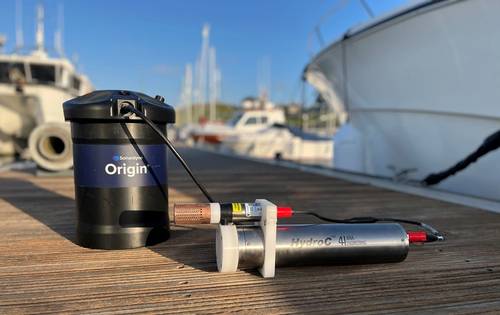
Sonardyne International Ltd has integrated a CONTROS HydroC dissolved CO2 sensor from -4H-JENA engineering into its Origin 600 ADCP (Acoustic Doppler Current Profiler), unlocking new capabilities for marine research into ocean acidification. Credit: -4H-JENA Engineering
Underwater technology manufacturer Sonardyne International Ltd has integrated a CONTROS HydroC dissolved CO2 sensor from -4H-JENA engineering into its Origin 600 ADCP (Acoustic Doppler Current Profiler), unlocking new capabilities for marine research into ocean acidification.
The combined solution enables precise, real-time monitoring of dissolved carbon dioxide levels alongside detailed current profiling, providing insights into the impacts of rising CO2 concentrations on marine ecosystems and biodiversity.
The CONTROS HydroC dissolved CO2 sensor from -4H-JENA engineering is designed specifically for accurate and reliable measurement of dissolved carbon dioxide in marine environments. Such sensors are essential tools for understanding ocean acidification. The HydroC sensor integrates with Sonardyne's Origin 600 through either direct connection to the ADCP’s external sensor port or via the versatile Origin E-Mux multiplexer, which supports up to four external sensors simultaneously and extends power supply capability for longer deployments.
In a recent deployment for a Sonardyne customer project, the integrated system demonstrated its effectiveness. The CONTROS HydroC sensor, preconfigured using dedicated -4H-JENA engineering software to produce measurements at defined intervals, was cabled directly to the Origin 600, which powered the sensor and logged its data. The logged CO2 data was fused with the Origin 600’s ADCP measurements using Sonardyne’s Edge computing environment, creating an integrated dataset combining current velocity, direction, and dissolved CO2 levels into an NMEA-style format. These data strings were acoustically transmitted to the surface every five minutes via the Origin 600’s built-in acoustic modem. From there, data was sent to a cloud-based system, allowing marine scientists to access real-time updates remotely.
Visitors at Ocean Business 2025 (April 8-10, Southampton, UK), can see -4H-JENA engineering on stand Stand N3 to discuss this integration project and other applications of CONTROS sensors for marine science globally.
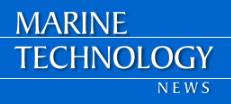
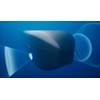




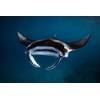





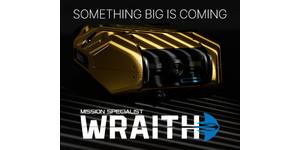
 December 2025
December 2025



